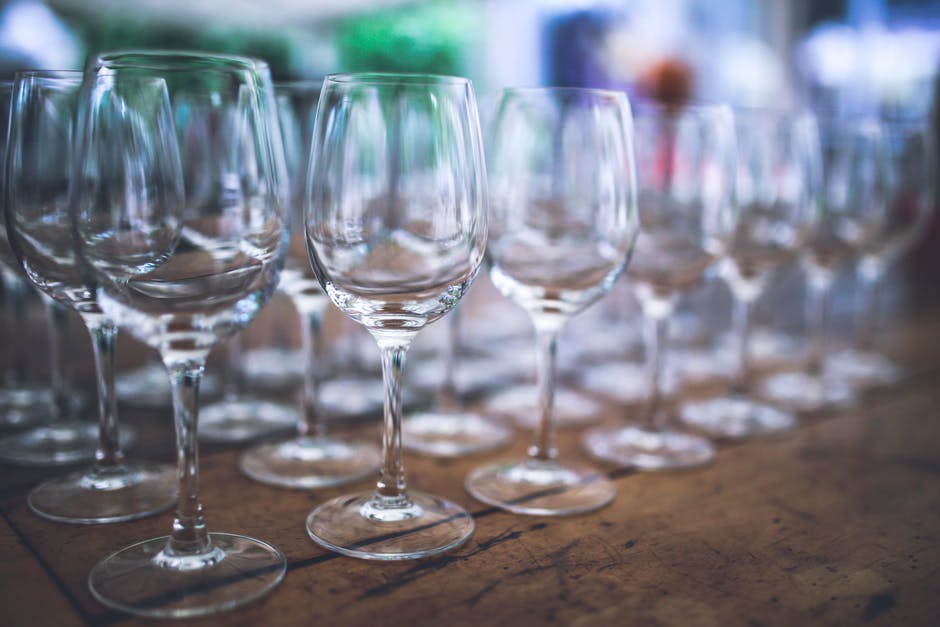A casino client wanted to celebrate National Wine Month and let its customers know that their restaurant is a good place to experiment with wine, without feeling any pressure.
http://lula.isleofcapricasinos.com/blog/wine-tasting-for-beginners.html
Wine Tasting For Beginners
We’ve all been to a restaurant and seen the couple next to us order a bottle of wine, only to watch them go through an elaborate process of swirling, smelling, swishing and finally swallowing before giving the waiter the go ahead to finish pouring the glass.
What was that strange dance that just happened? Why not just pour the wine and drink? Here, we have broken down those steps to provide some clarity and hopefully to give you the confidence to participate in that dance as well. The bartenders and waiters at Otis & Henry’s® Bar and Grill at Isle of Capri Casino Hotel® Lula will be happy to be your dance partner.
What should my wine look like?
When the waiter pours your wine, take a look at it before you take a sip. Notice the color, the opacity and the viscosity. Is the wine a beautiful ruby red, or is it a bit cloudy in appearance? Cloudy wine does not necessarily equate to bad wine, as all wine starts out cloudy. How the winemaker chooses to process the wine is a determining factor in how it looks by the time it gets to your table. As with many things, over processing may do more harm than good, so don’t turn your nose up at a cloudy wine as it may simply mean it hasn’t gone through as many processing stages. It just might surprise you!
What should my wine smell like?
There are three waves of smells to look forward to when you first dip your nose inside your wine glass. (Don’t forget, we haven’t tasted it yet!). The primary aroma, secondary aroma and tertiary aroma.
The primary aroma will be a derivative of the grape itself. Try to detect if you smell fruit, herbs or floral notes and if so, which ones stick out to you.
The secondary aroma is a result of how the wine is made or the fermentation process. These aromas can vary from yeast all the way to vinegar. A few things to look for in the mid-range are cheese rind, stale beer, boiled yeast and soap. Weird, right?
Lastly, the tertiary aroma comes from the aging process. Wine is typically aged in either bottles or barrels and depending on what materials they are made of, you may get a large bouquet of aromas. These will commonly be savory smells, such as roasted nuts, baking spices, old tobacco, clove or coffee.
What should the wine taste like?
You will get two different tastes when you finally get to sample the wine (hooray!!). First, is the taste that your tongue gets immediately upon taking a sip and the second is the taste that lingers retro-nasally.
Other than sweetness and bitterness, wine will have a sour taste as grapes are naturally acidic, however very rarely will you find a salty wine. These tastes can run the gamut of sweet, floral and aromatic like a Riesling to peppery, vegetal and mentholated like a Cabernet Sauvignon.
After that immediate taste, you will begin to get a sense of the mouth feel of the wine. If the texture of the wine becomes gritty like sand paper or you begin to feel a drying sensation on your tongue that means the wine may be riper, higher in alcohol or higher in tannins. Remember, your palate may take some time to go back to its neutral state.
What do I think about this wine?
This is the most fun part of the process! Take all of the steps we went through and make a decision. Did you like the wine? Did it seem balanced to you? Was it too high in alcohol or was it not sweet enough? These are questions that only you can answer. Decide what stands out to you and move on to the next wine. You will be a pro in no time!